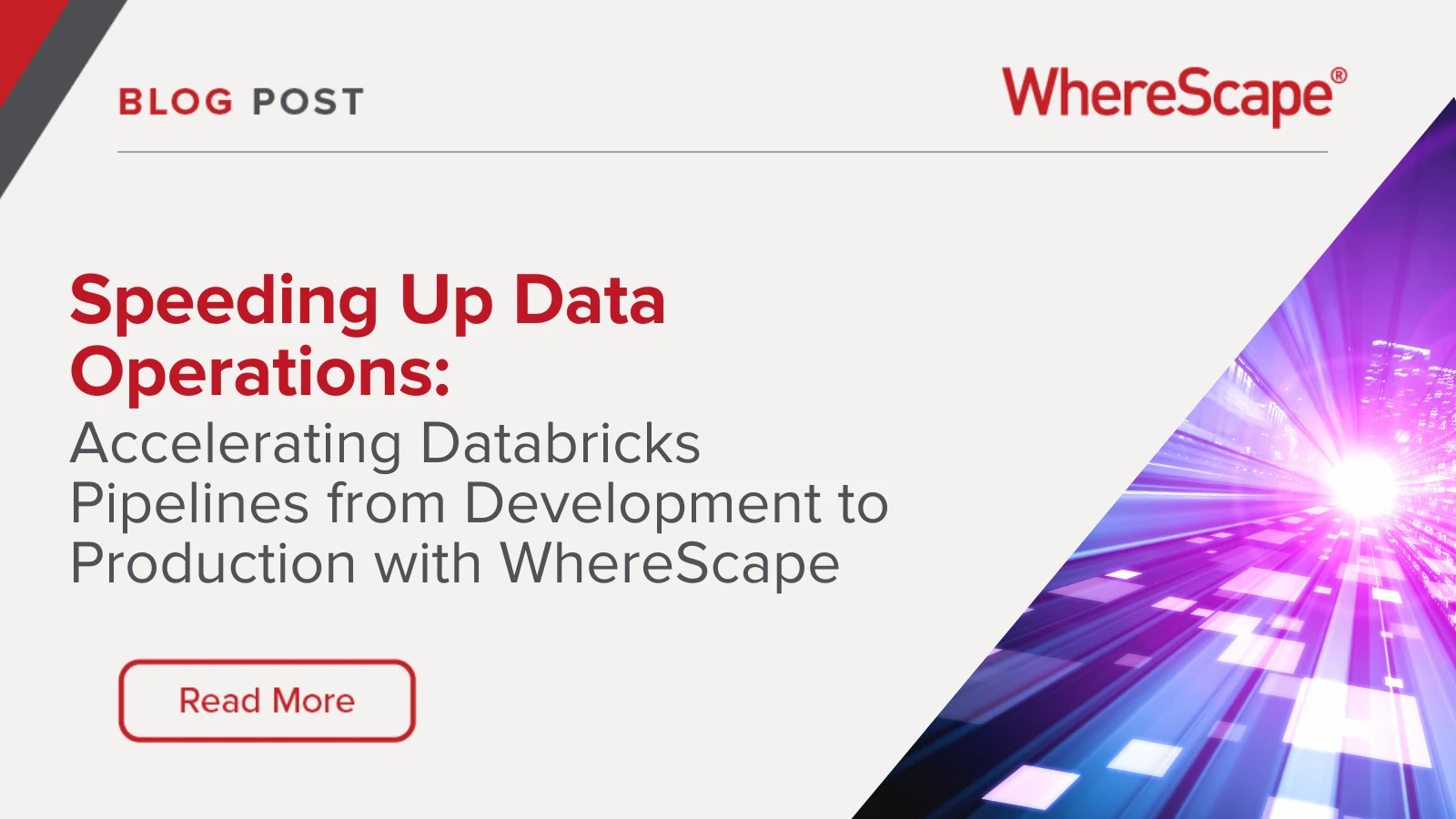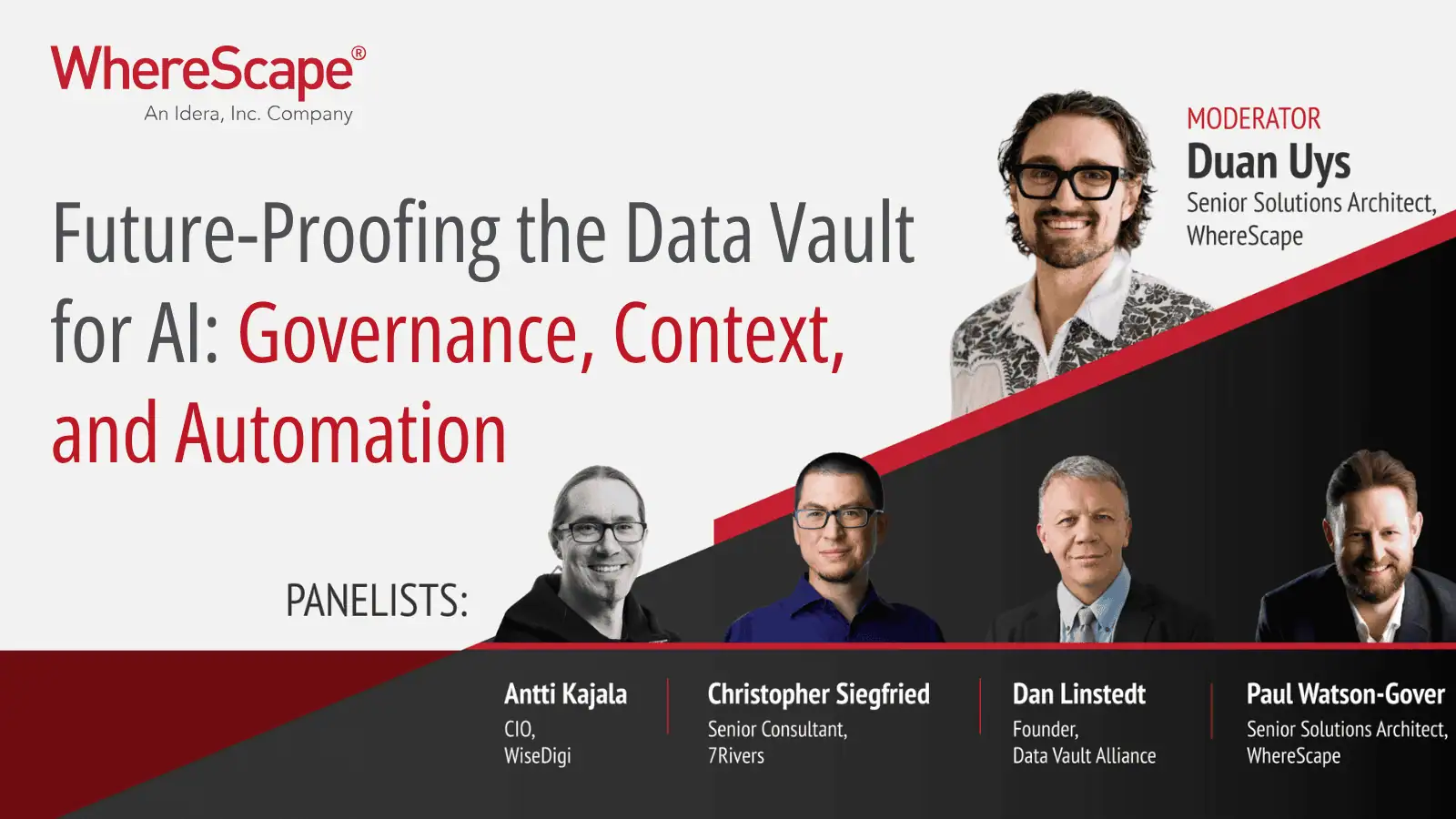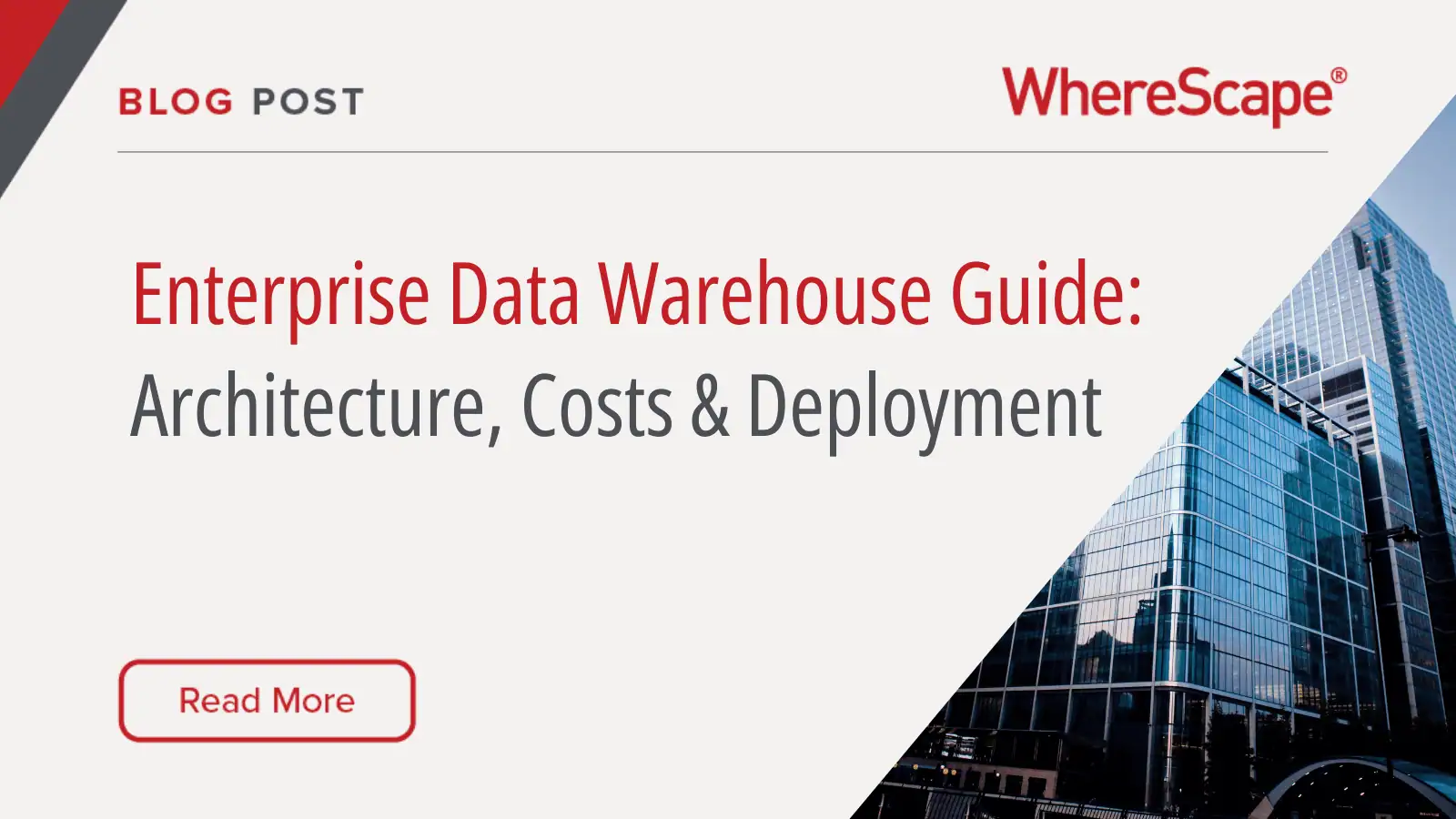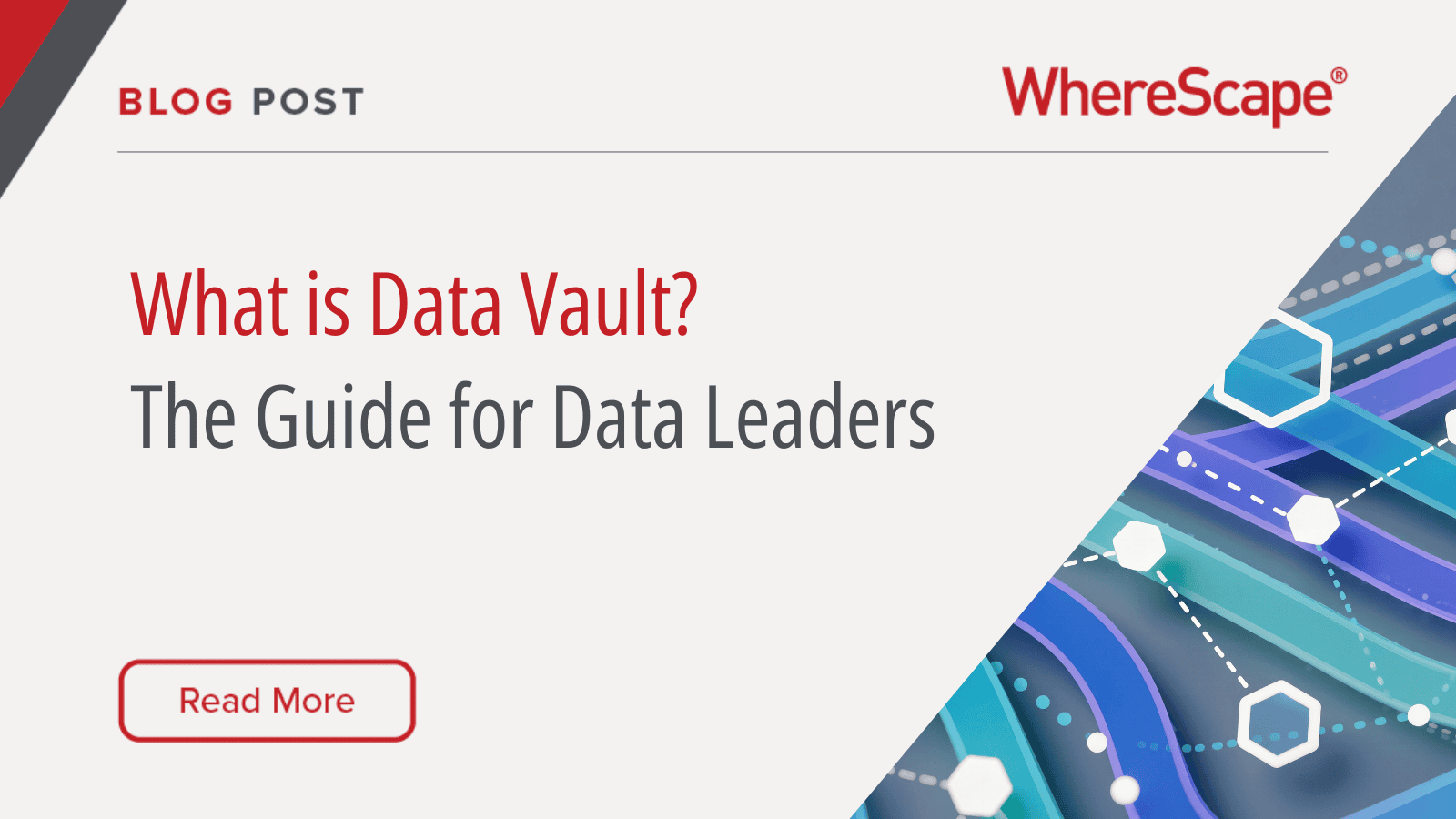The Data Pipeline Lifecycle
Data pipelines help efficiently manage the flow of data from the point of collection to the point of use. The data pipeline lifecycle is the full path that data moves through, starting at its source and ending at its final destination. This data pipeline lifecycle involves collection and ingestion, cleaning, transformation, integration, loading, automation, analysis, and much more. Developing a pipeline that will manage your specific date in the best way possible for your desired outcomes requires up-front planning and assessment.
Pipeline Development and Deployment
In order to properly develop and deploy a successful data pipeline, data teams must take time to thoroughly plan and assess their pipeline. In the development stage, teams can focus on ensuring their new pipeline can handle the various data sources and formats used in their organization. Perform thorough testing with desired data types to ensure that the pipeline can complete its intended purposes.
When it’s time for deployment, data teams transfer the pipeline out of the testing environment and into production. In order to streamline the deployment process, reduce manual effort, and avoid unnecessary errors, teams can use data automation tools like WhereScape.
Challenges in Moving Data Pipelines to Production

Many data teams struggle to move data pipelines to production because the risks are particularly high if unforeseen errors arise. The process of ensuring performance optimization, data quality, and data consistency can pose a challenge without the right tools to streamline the process. In some industries, maintaining regulatory compliance can also require additional time and resources.
Common Bottlenecks and Pain Points
The most common bottlenecks and pain points in moving data pipelines to production include:
- Data quality issues: Inaccurate or incomplete data can disrupt operations and decision-making.
- Manual processes: Manual intervention can slow down the deployment process and increase the risk of errors.
- Pipelines must optimize to handle large data volumes without degrading performance due to constraints in performance and volume.
- Regulatory compliance: Ensuring that data handling practices meet regulatory requirements can be complex and time-consuming.
- Security: Pipelines must keep all data secure.
Streamlining Pipeline Deployment with WhereScape
Data automation solutions like WhereScape can help streamline pipeline development and reduce the risk of errors. Add efficiency and reap the benefits of 95% time savings on hand-coding development, refactoring, and management tasks using automation.
Automating the Transition Process
WhereScape reduces the need for manual coding and intervention, drastically accelerating the journey from development to production. By handling repetitive tasks like generating ETL code, WhereScape frees up developer time for more productive tasks while also ensuring that pipelines deploy quickly and consistently. In fact, using WhereScape with Databricks can result in eight times as much developer productivity!
Practical Steps for Using WhereScape with Databricks
In order to use WhereScape with Databricks, data teams need to follow a few practical steps.
From Configuration to Deployment
To begin, configure WhereScape to connect with Databricks. You’ll be able to seamlessly integrate these two solutions thanks to WhereScape’s platform agnostic structure. Next, design your precise pipeline based on your data types and analysis goals. Once you deploy the pipeline into the Databricks environment, you can leverage WhereScape automation capabilities alongside Databricks features such as Delta Live Tables, Unity Catalog, and Generative AI. On an ongoing basis, monitor the performance of your pipeline and make necessary adjustments.
Advantages of Accelerated Pipeline Deployment

Having a pipeline up and running, especially one that boasts the features that WhereScape and Databricks can offer, comes with considerable business advantages, including:
- Increased efficiency due to less need for manual effort
- Improved accuracy thanks to automated tasks, machine learning, and AI
- Faster time to market
- Real-time insights
- Quicker data processing
- Improved scalability to accommodate growing data volumes
Enhancing Efficiency and Reducing Time to Market
Enhancing efficiency in pipeline deployment directly translates to reduced time to market for data-driven insights. Automation tools like WhereScape enable rapid development and deployment, allowing organizations to respond quickly to changing business needs.
This level of agility is particularly beneficial in industries like finance and healthcare, where timely access to accurate data can significantly impact decision-making and patient outcomes. By streamlining processes using WhereScape, organizations can achieve faster turnaround times and maintain a competitive edge.
Best Practices for Effective Pipeline Management in Databricks
To get the most out of your Databricks tools, follow best practices for effective pipeline management. First, leverage automation software like WhereScape to keep pipeline development and deployment moving as efficiently as possible. You can also keep your Databricks pipeline running properly through continuous monitoring. Pipelines function optimally when they handle high-quality data. Implement robust data quality checks to make sure data integrity standards remain high.
Ensuring Smooth Operations
Engage in ongoing maintenance and optimization to ensure smooth operations for years to come. Monitoring and maintenance will help you identify potential issues before they disrupt business operations. With the right tools in hand, these continuous improvement measures can become a seamless aspect of your routine pipeline maintenance.
Optimizing Data Strategies with WhereScape
WhereScape allows organizations to optimize data strategies through streamlined, automated solutions that free up skilled staff time, speed up crucial business processes, and provide reliable data to drive informed decisions. By integrating WhereScape automation with Databricks, organizations can achieve a 6X return on investment by avoiding failures and filling skill gaps.
Leveraging Automation for Competitive Advantage
Data automation provides you with the fastest and most accurate insights so you can steer your business in the right direction and stay ahead of the curve. Gain a competitive advantage with WhereScape and Databricks. Book your demo today!




